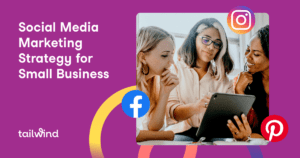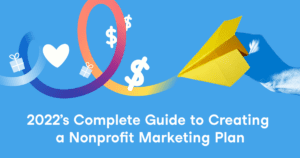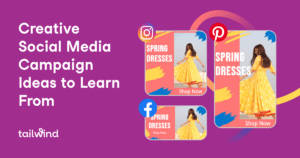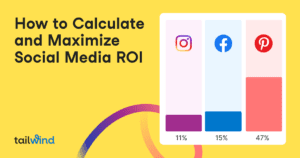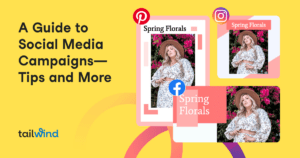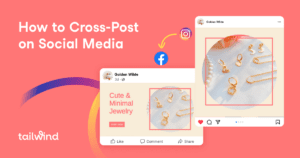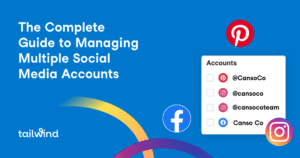
How to Market a Clothing Brand in 10 Easy Steps (with Examples!)
Style markets are growing more and more competitive as the value of the business grows. In order to stay competitive, businesses need to maintain control of their image and marketing in innovative ways. Let’s dig into how to market a clothing brand and how these steps can benefit your business!

